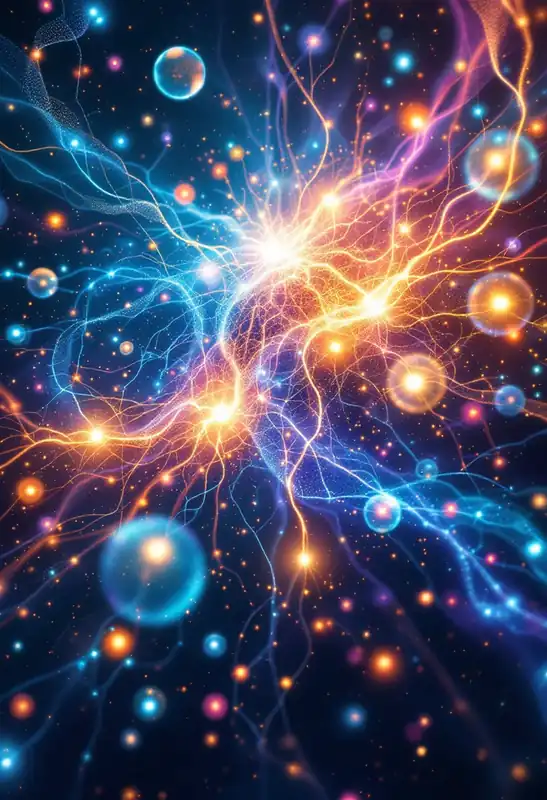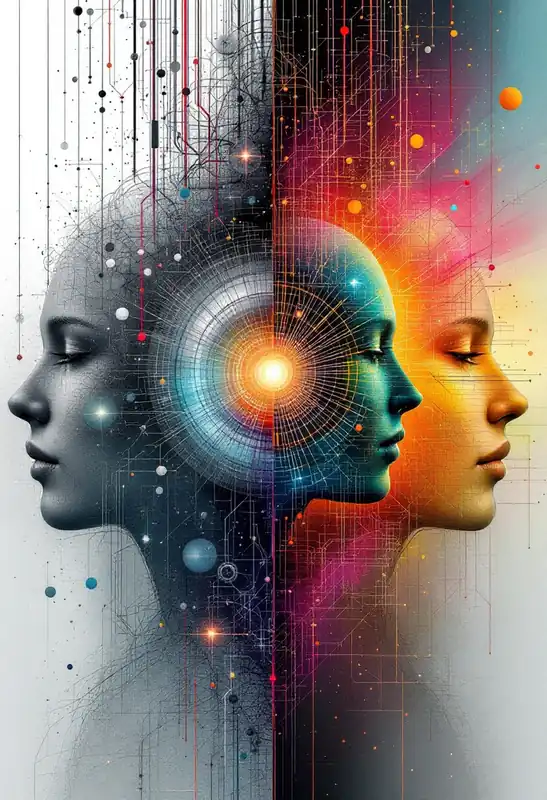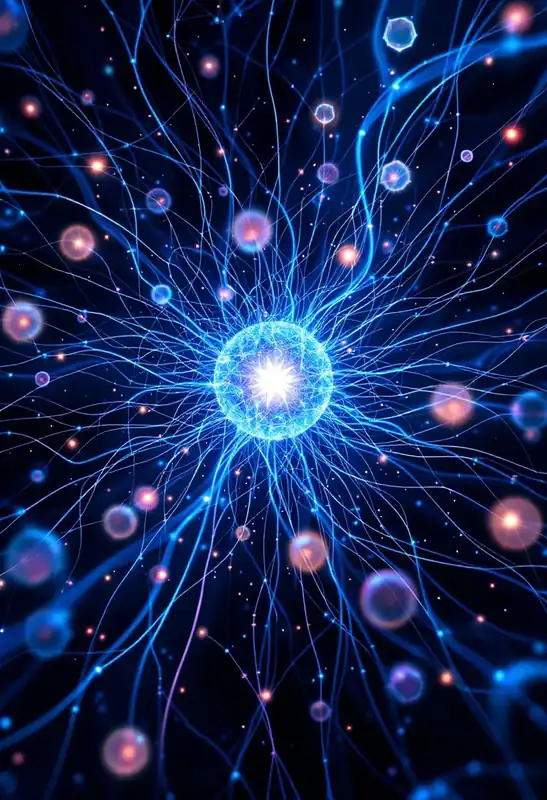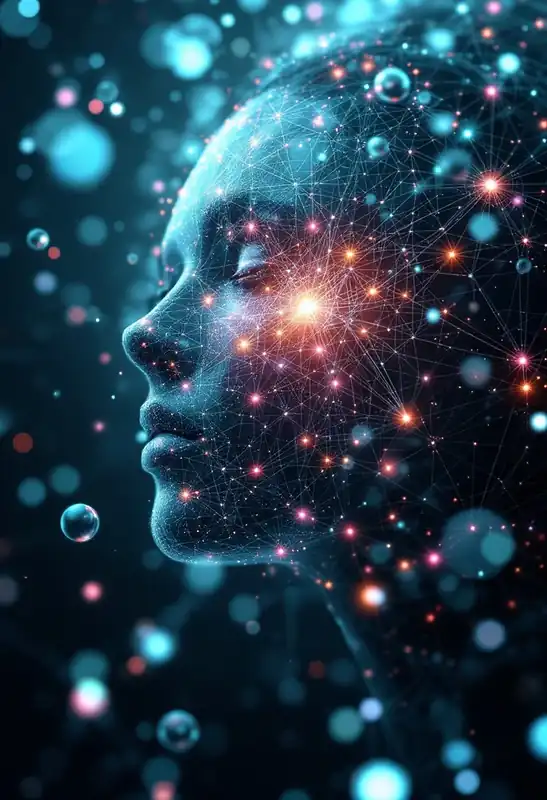Ilya Sutskever
(42 articles)
Next Word Prediction
Enables language models to predict the most probable subsequent word in a text sequence using generative AI techniques.
Generality: 780

Image Recognition
Ability of AI to identify objects, places, people, writing, and actions in images.
Generality: 854

Speech-to-Speech Model
Systems that directly convert spoken language into another language through AI, enabling real-time translation and cross-lingual communication.
Generality: 809

Word Vector
Numerical representations of words that capture their meanings, relationships, and context within a language.
Generality: 690

AlexNet
Deep convolutional neural network that significantly advanced the field of computer vision by winning the ImageNet Large Scale Visual Recognition Challenge in 2012.
Generality: 610

Dropout
Regularization technique used in neural networks to prevent overfitting by randomly omitting a subset of neurons during training.
Generality: 808

Data Augmentation
Techniques used to increase the size and improve the quality of training datasets for machine learning models without collecting new data.
Generality: 830

Pretrained Model
ML model that has been previously trained on a large dataset and can be fine-tuned or used as is for similar tasks or applications.
Generality: 860

Embedding Space
Mathematical representation where high-dimensional vectors of data points, such as text, images, or other complex data types, are transformed into a lower-dimensional space that captures their essential properties.
Generality: 700

Embedding
Representations of items, like words, sentences, or objects, in a continuous vector space, facilitating their quantitative comparison and manipulation by AI models.
Generality: 865

Gradient Clipping
A technique used to mitigate the exploding gradient problem during the training of neural networks by capping gradients to a specified value range.
Generality: 625

Seq2Seq
Sequence to Sequence
Sequence to Sequence
Neural network architecture designed to transform sequences of data, such as converting a sentence from one language to another or translating speech into text.
Generality: 830

Encoder-Decoder Models
Class of deep learning architectures that process an input to generate a corresponding output.
Generality: 750

Autoregressive Generation
Method where the prediction of the next output in a sequence is based on the previously generated outputs.
Generality: 760

Sequence Model
Model designed to process and predict sequences of data, such as time series, text, or biological sequences.
Generality: 830

Autoregressive Sequence Generator
A predictive model harnessed in AI tasks, particularly involving times series, which leverages its own prior outputs as inputs in subsequent predictions.
Generality: 650

Sequential Models
Type of data models in AI where the arrangement of data points or events adhere to a specific order for predictive analysis and pattern recognition.
Generality: 815

RLHF
Reinforcement Learning from Human Feedback
Reinforcement Learning from Human Feedback
Technique that combines reinforcement learning (RL) with human feedback to guide the learning process towards desired outcomes.
Generality: 625

Inference Acceleration
Methods and hardware optimizations employed to increase the speed and efficiency of the inference process in machine learning models, particularly neural networks.
Generality: 775

Multimodal
AI systems or models that can process and understand information from multiple modalities, such as text, images, and sound.
Generality: 837

Expressive Hidden States
internal representations within a neural network that effectively capture and encode complex patterns and dependencies in the input data.
Generality: 695

PPO
Proximal Policy Optimization
Proximal Policy Optimization
RL algorithm that aims to balance ease of implementation, sample efficiency, and reliable performance by using a simpler but effective update method for policy optimization.
Generality: 670

Point-wise Feedforward Network
Neural network layer that applies a series of linear and non-linear transformations to each position (or
Generality: 625

Zero-shot Capability
The ability of AI models to perform tasks or make predictions on new types of data that they have not encountered during training, without needing any example-specific fine-tuning.
Generality: 775

SSL
Self-Supervised Learning
Self-Supervised Learning
Type of ML where the system learns to predict part of its input from other parts, using its own data structure as supervision.
Generality: 815

LLM
Large Language Model
Large Language Model
Advanced AI systems trained on extensive datasets to understand, generate, and interpret human language.
Generality: 827

Next Token Prediction
Technique used in language modeling where the model predicts the following token based on the previous ones.
Generality: 735

Causal AI
A form of AI that reasons using cause and effect logic to provide interpretable predictions and decisions.
Generality: 813

Base Model
Pre-trained AI model that serves as a starting point for further training or adaptation on specific tasks or datasets.
Generality: 790

GPT
Generative Pre-Trained Transformer
Generative Pre-Trained Transformer
Type of neural network architecture that excels in generating human-like text based on the input it receives.
Generality: 811

DLMs
Deep Language Models
Deep Language Models
Advanced ML models designed to understand, generate, and translate human language by leveraging DL techniques.
Generality: 874

Self-Supervised Pretraining
ML approach where a model learns to predict parts of the input data from other parts without requiring labeled data, which is then fine-tuned on downstream tasks.
Generality: 725

Continual Pre-Training
Process of incrementally training a pre-trained ML model on new data or tasks to update its knowledge without forgetting previously learned information.
Generality: 670

Scaling Laws
Mathematical relationships that describe how the performance of machine learning models, particularly deep learning models, improves as their size, the amount of data, or computational resources increases.
Generality: 835

Scaling Hypothesis
Enlarging model size, data, and computational resources can consistently improve task performance up to very large scales.
Generality: 765

CLIP
Contrastive Language–Image Pre-training
Contrastive Language–Image Pre-training
Machine learning model developed by OpenAI that learns visual concepts from natural language descriptions, enabling it to understand images in a manner aligned with textual descriptions.
Generality: 399

Transformative AI
AI systems capable of bringing about profound, large-scale changes in society, potentially altering the economy, governance, and even human life itself.
Generality: 825

Text-to-Code Model
AI models designed to translate natural language descriptions into executable code snippets, facilitating automation in software development and assisting developers.
Generality: 665

VLM
Visual Language Model
Visual Language Model
AI models designed to interpret and generate content by integrating visual and textual information, enabling them to perform tasks like image captioning, visual question answering, and more.
Generality: 621

Foundation Model
Type of large-scale pre-trained model that can be adapted to a wide range of tasks without needing to be trained from scratch each time.
Generality: 835

MLLMs
Multimodal Large Language Models
Multimodal Large Language Models
Advanced AI systems capable of understanding and generating information across different forms of data, such as text, images, and audio.
Generality: 625

LVLMs
Large Vision Language Models
Large Vision Language Models
Advanced AI systems designed to integrate and interpret both visual and textual data, enabling more sophisticated understanding and generation based on both modalities.
Generality: 675